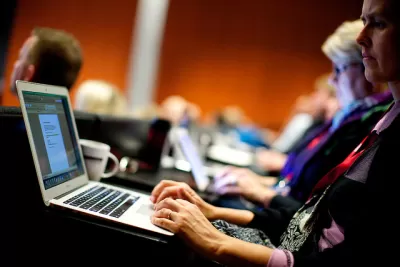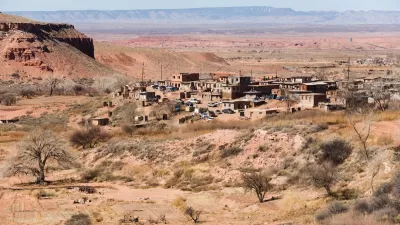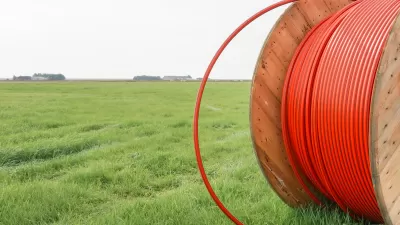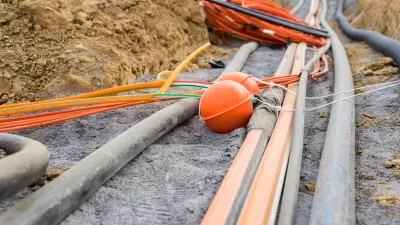Rural Alaska has some of the least reliable and slowest internet connections in the country, but new cable infrastructure in the Arctic Sea is changing that.

Nome, Alaska’s schools classes are getting new video-taught classes, something that would have been borderline impossible a year ago. Isolated Alaskan schools lack the staffing and resources to provide some of the lessons students could get in other parts of the country, in part because they can have slow, unreliable internet.
"Nome and two other school districts in northwestern Alaska are pioneering a high-speed fiber-optic cable connection that has the potential to transform how education is delivered in the state—and shrink a connectivity gap between rural Alaska and the majority of American schools," Mareesa Nicosia writes for the Hechinger Report. Nome is not the only Alaskan town with slow internet connections. "Alaska ranks last in the nation in the percent of its school districts meeting the minimum internet-speed targets set by the Federal Communications Commission, according to the nonprofit EducationSuperHighway," Nicosia reports.
This new infrastructure is being made possible in part because of global warming. As Arctic sea ice melts, it’s become possible to install fiberoptic cable connections. "In March, Nome Public Schools became the first school district to connect to the cable, officials said; over the summer, the neighboring North Slope Borough and Northwest Arctic Borough school districts joined as well," Nicosia writes. Private equity is building this infrastructure with the hopes of eventually connecting Alaska to Asia, but in the meantime rural Alaskan schools are benefitting from the new infrastructure.
FULL STORY: Alaska schools pay a price for the nation’s slowest internet, but change is coming

Alabama: Trump Terminates Settlements for Black Communities Harmed By Raw Sewage
Trump deemed the landmark civil rights agreement “illegal DEI and environmental justice policy.”

Planetizen Federal Action Tracker
A weekly monitor of how Trump’s orders and actions are impacting planners and planning in America.

The 120 Year Old Tiny Home Villages That Sheltered San Francisco’s Earthquake Refugees
More than a century ago, San Francisco mobilized to house thousands of residents displaced by the 1906 earthquake. Could their strategy offer a model for the present?

In Both Crashes and Crime, Public Transportation is Far Safer than Driving
Contrary to popular assumptions, public transportation has far lower crash and crime rates than automobile travel. For safer communities, improve and encourage transit travel.

Report: Zoning Reforms Should Complement Nashville’s Ambitious Transit Plan
Without reform, restrictive zoning codes will limit the impact of the city’s planned transit expansion and could exclude some of the residents who depend on transit the most.

Judge Orders Release of Frozen IRA, IIJA Funding
The decision is a victory for environmental groups who charged that freezing funds for critical infrastructure and disaster response programs caused “real and irreparable harm” to communities.
Urban Design for Planners 1: Software Tools
This six-course series explores essential urban design concepts using open source software and equips planners with the tools they need to participate fully in the urban design process.
Planning for Universal Design
Learn the tools for implementing Universal Design in planning regulations.
Clanton & Associates, Inc.
Jessamine County Fiscal Court
Institute for Housing and Urban Development Studies (IHS)
City of Grandview
Harvard GSD Executive Education
Toledo-Lucas County Plan Commissions
Salt Lake City
NYU Wagner Graduate School of Public Service





























